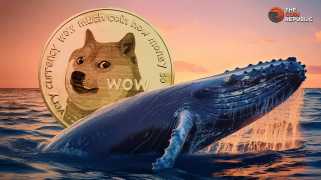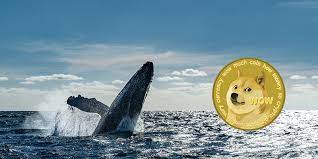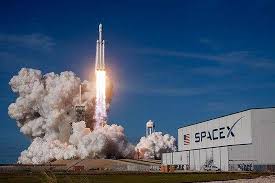
SpaceX's next Starship megarocket officially has a license to fly.
The Federal Aviation Administration (FAA) on Tuesday (June 4) issued a launch license to SpaceX for its Starship Flight 4 test mission, which is currently scheduled to lift off no earlier than Thursday, June 6, from the company's Starbase facility near Boca Chica Beach in South Texas.
"The FAA has approved a license authorization for SpaceX Starship Flight 4," FAA officials wrote in a statement. "SpaceX met all safety and other licensing requirements for this test flight."
As its name suggests, SpaceX's Starship Flight 4 mission is the fourth test flight of the company's Starship and Super Heavy launch vehicle. When fully assembled, they stand nearly 400 feet tall and are the world's largest and most powerful rocket. SpaceX has designed Starship as a fully reusable ultra-heavy lift launch system for missions to the moon, Mars and beyond. NASA's Artemis program, for one, has selected Starship as the lander to carry Artemis 3 astronauts to the south pole of the moon in 2026.
But before Starship can fly to the moon, SpaceX has to prove the shiny, stainless steel rocket can reach orbit.
The company has flown three test flights to date: A failed debut in April 2023 that destroyed SpaceX's launch pad as well as the rocket; a second flight in November of that year that also failed to reach space; and the latest Starship Flight 3 launch on March 18 of this year, which reached space for the first time before the vehicle and its Super Heavy booster were lost prior to reaching their final splashdown targets.
After each Starship launch test, the FAA conducted time-consuming failure investigations and made recommendations that SpaceX had to address before each subsequent launch attempt. For Starship Flight 4, SpaceX and the FAA have agreed on a different approach.
"As part of its request for license modification, SpaceX proposed three scenarios involving the Starship entry that would not require an investigation in the event of the loss of the vehicle. The FAA approved the scenarios as test induced damage exceptions after evaluating them as part of the flight safety and flight hazard analyses and confirming they met public safety requirements," FAA officials said in the statement. "If a different anomaly occurs with the Starship vehicle an investigation may be warranted as well as if an anomaly occurs with the Super Heavy booster rocket."
That agreement suggests SpaceX has identified three likely ways in which its Starship or Super Heavy could fail (such as loss during reentry) that the company and FAA agreed wouldn't need a lengthy investigation. The three scenarios did not appear to be detailed in the FAA's 6-page launch license.
For Flight 4, SpaceX aims to fly its Starship and Super Heavy booster on a similar trajectory as its Flight 3 test, a mission that would launch the Starship vehicle up to orbital velocity, then reenter the craft over the Indian Ocean. The Super Heavy booster, meanwhile, is expected to return toward South Texas and make a controlled "landing" in the Gulf of Mexico.
"The fourth flight test turns our focus from achieving orbit to demonstrating the ability to return and reuse Starship and Super Heavy," SpaceX wrote in a mission overview." The primary objectives will be executing a landing burn and soft splashdown in the Gulf of Mexico with the Super Heavy booster, and achieving a controlled entry of Starship."
In recent weeks, SpaceX has performed a series of fueling tests for both the Flight 4 Starship and its Super Heavy booster. Both vehicles apparently passed with flying colors.
"Starship is ready to fly," SpaceX CEO Elon Musk wrote on X (formerly Twitter) on Monday (June 3).


 TheCoinrise Media
TheCoinrise Media Thecoinrepublic.com
Thecoinrepublic.com Optimisus
Optimisus CryptoPotato_News
CryptoPotato_News DogeHome
DogeHome BlockchainReporter
BlockchainReporter Optimisus
Optimisus TheCoinrise Media
TheCoinrise Media






















